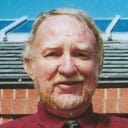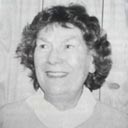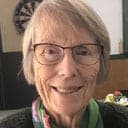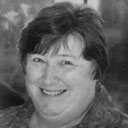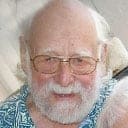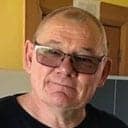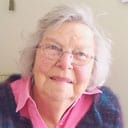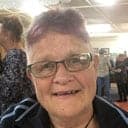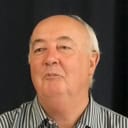NZ Deaf News: July 1983
Some of the items featured in the July 1983 issue of ‘New Zealand Deaf News’ (Vol. 20, No. 3):
- District ‘Round-Up’ from Auckland Deaf Society, Waikato Deaf Club, Hawkes Bay, Manawatu Deaf Society, Wellington Deaf Society, Christchurch Deaf Society,
- NZAD and the NZ Federation for Deaf Children updates the community on their respective annual general meetings.
- The Sign Singers talk about their involvement in the Mardi Gras celebrations with their own handmade ‘I Love You’ hand-pushed trolley.
- The first ever Deaf Awareness Week was held from 24 April to 1 May 1983.
- Deaf Organisations
- TV/Media


